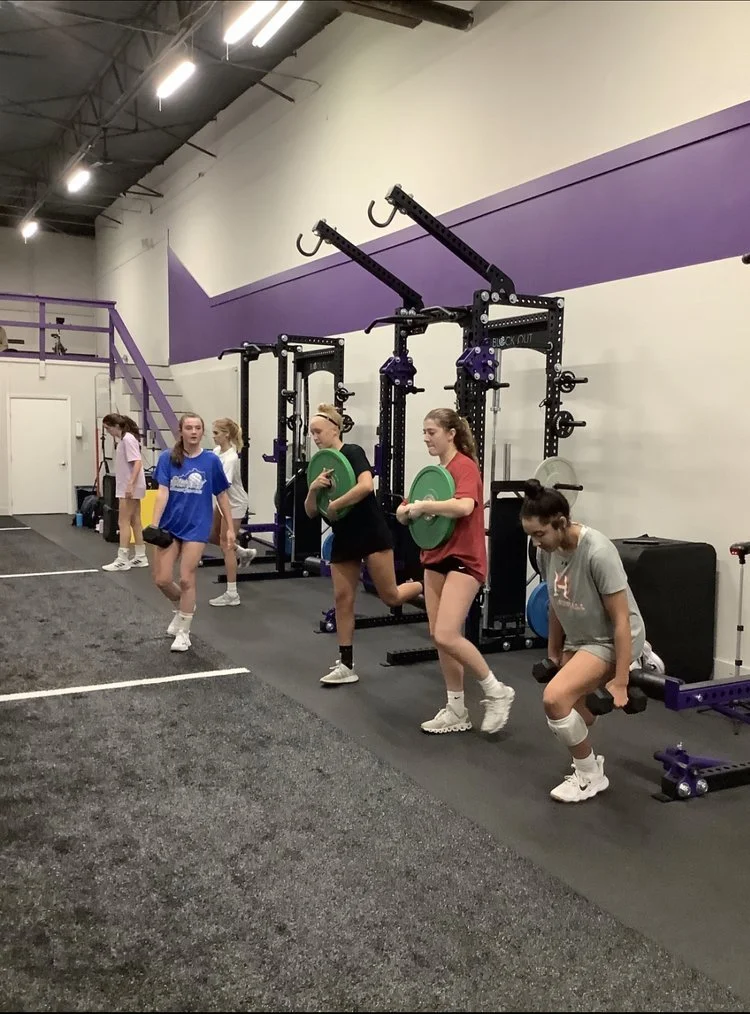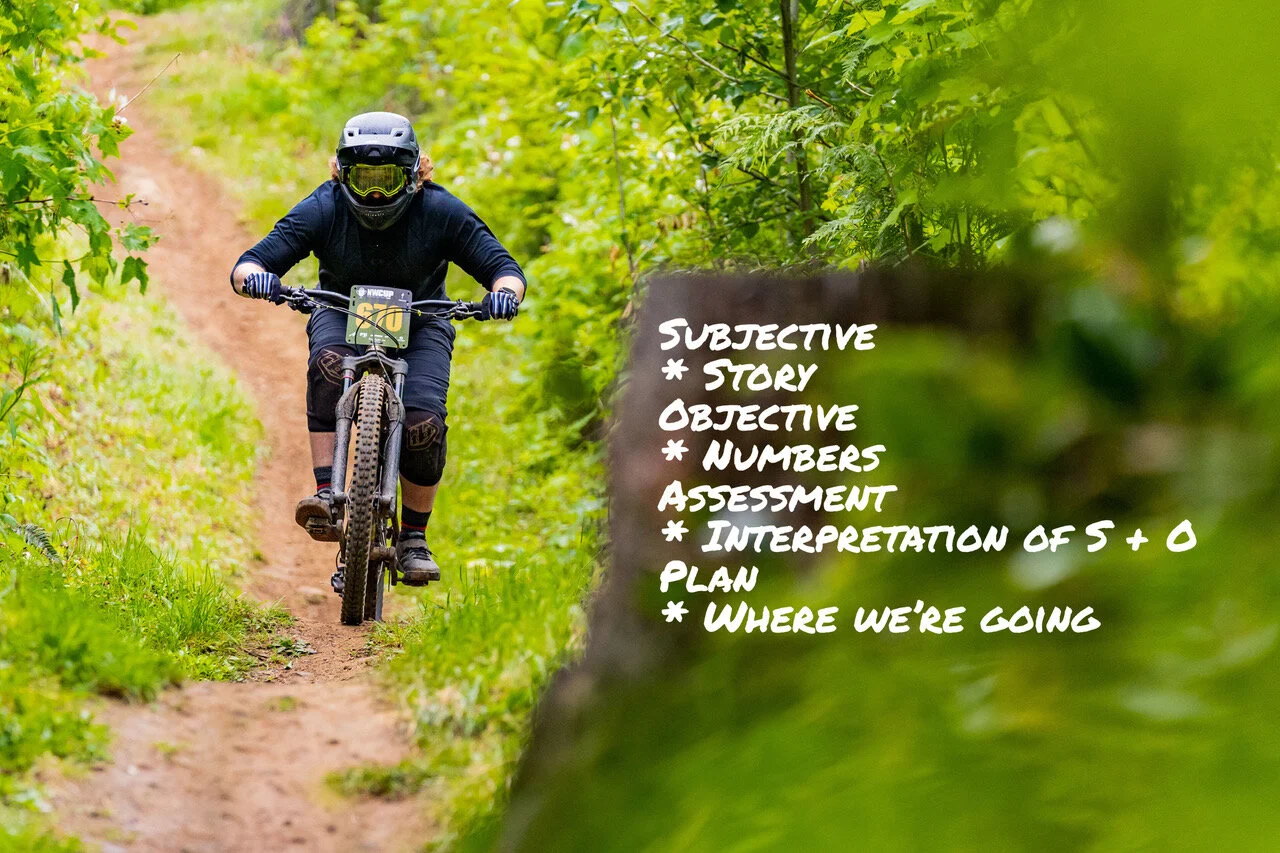All the low caffeine pre workout options on the market are a lot to sort out. Here's exactly how I use caffeine with my training clients (with caffeine free pre workout options, as well).
Read MoreVolleyball coaches and strength and conditioning coaches working with high school volleyball athletes can adapt my strength and conditioning program for their team. Read my 8-week course and case study.
Read MoreIf you are trying to understand the differences between strength training vs bodybuilding, I can help you understand the different goals, training methods, specific workout plans, and what to look for in a coach or trainer.
Read MoreWhen it comes to hypertrophy vs strength training there are some fundamental things you (or your trainer) should know about the differences. They each will demand a different approach to your workouts, and they each have different end-goals.
Read MoreIt’s important for everyone tin all kinds of roles and with all sorts of responsibilities to have effective communication skills, so I want to explore this topic for athletes and coaches. Communicating well could be the difference-maker that puts you over the top for a new job, a spot on a team, or a college scholarship. Here are a few tips on how to improve your communication skills and be a more effective coach or athlete.
Read MoreWhatever certification we’re considering or preparing for, it is important to know why we want it, what it will do for our current or future positions and responsibilities. Not only that, but it is important to look at what it's going to take to keep them.
Read MoreWe all know character matters. But how do coaches affect the character of their athletes? How do we make a positive impact on who our athletes are now and who they will become in the future?
Read MoreMore from Daniel Heller: I first learned about SOAP notes when I was helping my mom and her team create a curriculum for lifestyle coaching back in the early 2000s. One of the naturopaths on our team introduced SOAP notes as a way of organizing intake for patients. Later on in my internships and jobs in clinical settings, I discovered this was the norm for how physicians organized data for insurance, diagnosis, and overall patient care. The “SOAP” acronym stands for Subjective data, Objective data, Assessment, and Plan. I’m going to share how I use this system with clients (athletes, coaches, parents, businesses, etc.) to get a clear picture of where they are and how I can help get them to where they want to be.
Read More







